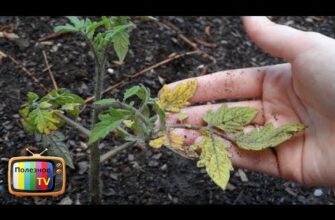- Стартовые условия для выращивания сладкого перца
- Влияние климатических условий на выбор сроков посева
- Адаптация сроков посева в различных регионах
- Выбор сортов перца: учет сроков созревания
- Условия раннего посева в теплице
- Оптимальные сроки посева для получения раннего урожая
- Сроки посева для получения основного урожая
- Выбор сроков посева для различных форм и целей выращивания
- Выращивание сладкого перца в теплице
- Выращивание сладкого перца на открытом грунте
- Риски и преимущества позднего посева перца
- Риски позднего посева
- Преимущества позднего посева
- Оптимальные сроки посева для огорода
- Влияние фазы луны на выбор сроков посева
- Вопрос-ответ:
- Когда лучше всего сажать сладкий перец на теплицу?
- Как определить оптимальные сроки посева сладкого перца для огорода?
- Можно ли сажать сладкий перец на теплицу в начале апреля?
- Какие сорта сладкого перца лучше всего сажать на теплицу?
- Какие факторы могут влиять на оптимальные сроки посева сладкого перца?
- Видео:
- Перца будет БОЛЬШЕ в ДВА раза, если сделать так и сейчас! (проверено)

Правильное определение оптимальных сроков посева сладкого перца является одним из ключевых факторов успешного выращивания данного овоща. Ведь от выбора даты посева зависит качество и урожайность растений. Как правило, перец предпочитает теплый климат, поэтому для выращивания его на теплицах и огородах важно рассчитывать даты с учетом характеристик конкретного региона.
При выборе оптимальных сроков посева сладкого перца следует учитывать несколько факторов. Прежде всего, необходимо учесть среднюю температуру воздуха и почвы. Для успешного прорастания семян и развития растений минимальная температура почвы должна быть не ниже +10°C, поэтому рекомендуется начинать посев перца во второй половине весны, когда почва прогревается. Также стоит учитывать, что растения перца чувствительны к заморозкам, поэтому не рекомендуется проводить посев раньше, чем опасность заморозков проходит.
Кроме того, важно учитывать продолжительность растительного периода перца. В среднем, перец требует около 100-130 дней от посева до сбора урожая. Поэтому, чтобы успеть собрать весь урожай до начала холодного периода, необходимо рассчитывать даты посева с учетом продолжительности растительного периода и климатических условий региона.
Стартовые условия для выращивания сладкого перца

Выращивание сладкого перца может осуществляться как на огороде, так и в теплице. При выборе открытого грунтового огорода необходимо рассчитывать на стабильную температуру окружающей среды, чтобы обеспечить комфортные условия для роста и развития растений.
Для выращивания сладкого перца в теплице важно учесть особенности климата региона и подготовить подходящую почву для посадки. Для этого можно использовать готовые смеси или приготовить субстрат самостоятельно, добавив необходимые элементы питания.
Определение оптимальных дат посева сладкого перца зависит от региона и выбранного метода выращивания. В открытом грунте посев следует осуществлять после установления стабильной температуры воздуха, чтобы избежать заморозков и холодной почвы. В теплице можно начинать выращивание перца пораньше, создавая благоприятные условия с помощью подогрева и освещения.
Важно помнить, что сладкий перец любит солнечное освещение и тепло, поэтому выбирайте для его выращивания открытые солнечные места на огороде или обеспечьте достаточное количество света в теплице. Также следует учитывать, что перец требует регулярного полива и удобрений для нормального роста и формирования плодов.
Влияние климатических условий на выбор сроков посева

При выборе оптимальных сроков посева сладкого перца в регионе необходимо учитывать климатические условия, которые влияют на его развитие и урожайность. Для теплицы и огорода даты посева следует рассчитывать с учетом температурного режима и сезонности.
Сладкий перец является теплолюбивой культурой, поэтому его выращивание требует достаточно высоких температур. В регионах с прохладным климатом, где лето короткое и прохладное, рекомендуется сеять перец на рассаду в помещении с поддержанием тепла и умеренного пониженного уровня влажности. Это позволит обеспечить оптимальные условия для прорастания и развития растений.
Выбор сроков посева также зависит от продолжительности вегетационного периода сорта перца. Некоторые сорта обладают более коротким периодом вегетации и могут успешно развиваться в условиях более прохладного климата. Однако, для сортов с более длительным периодом вегетации, посев следует проводить в более теплый период года, чтобы растения успели сформировать плоды.
Таким образом, при определении оптимальных сроков посева сладкого перца для теплицы и огорода необходимо учитывать климатические особенности региона, продолжительность вегетационного периода сорта и обеспечивать растения теплом и подходящими условиями для развития.
Адаптация сроков посева в различных регионах

Определение оптимальных дат посева сладкого перца для теплиц и огородов в разных регионах может быть сложной задачей. Каждый регион имеет свои особенности климата, которые влияют на рост и развитие растений. Поэтому необходимо рассчитывать даты посева исходя из конкретных условий каждого региона.
Первоначально необходимо изучить климатические особенности региона, в котором планируется выращивание сладкого перца. Важно узнать средние температуры, количество осадков и продолжительность сезонов. Эта информация позволит определить оптимальные сроки посева для получения хороших урожаев.
Для теплиц в холодных регионах рекомендуется проводить посев сладкого перца в начале весны, когда средняя температура достигает 15 градусов Цельсия. В теплых регионах посев можно проводить раньше, в конце зимы или начале весны. Это позволит растениям получить достаточно тепла и света для нормального роста и развития.
Для огородов в разных регионах также необходимо учитывать климатические особенности. В холодных регионах рекомендуется проводить посев сладкого перца в середине или конце весны, когда опасность заморозков минимальна. В теплых регионах можно проводить посев раньше, в начале весны или даже зимой, если климат позволяет.
Итак, адаптация сроков посева сладкого перца в различных регионах связана с изучением климатических особенностей и рассчетом оптимальных дат, учитывая требования растения к температуре и освещенности. Это позволит получить хороший урожай перца в любом регионе.
Выбор сортов перца: учет сроков созревания

При выборе сортов сладкого перца для посева на огороде или в теплице необходимо учитывать сроки созревания. В разных регионах даты посева и сбора урожая могут различаться, поэтому важно выбрать сорта, которые будут оптимально созревать в данном регионе.
Существует большое количество сортов перца, отличающихся по времени созревания. Некоторые сорта созревают рано и могут быть собраны уже через 70-80 дней после посева, тогда как другие сорта требуют больше времени и созревают через 100-120 дней. При выборе сорта необходимо учитывать климатические особенности региона и даты последнего заморозка, чтобы успеть собрать урожай перед наступлением холодов.
Так, для регионов с коротким летом и прохладным климатом (северные регионы) рекомендуется выбирать ранние сорта перца, которые созревают за короткий срок. Это позволит получить урожай перед началом осенних холодов.
В регионах с теплым климатом и длительным летом можно выбирать как ранние, так и поздние сорта перца. Это позволит получить урожай в разные времена и обеспечить постоянный сбор свежих сладких перцев.
Условия раннего посева в теплице
Ранний посев сладкого перца в теплице зависит от климатических условий региона. Для определения оптимальных дат посева необходимо учитывать среднесуточную температуру воздуха, освещенность и влажность. Важно помнить, что перец — теплолюбивая культура, поэтому необходимо обеспечить ему комфортные условия для роста и развития.
Для успешного раннего посева сладкого перца в теплице необходимо создать оптимальный микроклимат. Для этого можно использовать теплицы с подогревом и дополнительным освещением. Также необходимо обеспечить умеренное увлажнение почвы, регулярное проветривание и защиту от сильных перепадов температуры.
Оптимальные даты раннего посева сладкого перца в теплице могут варьироваться в зависимости от региона. В некоторых регионах, с более теплым климатом, посев можно начинать уже в феврале-марте, а в более холодных регионах лучше отложить посев до апреля-мая.
Важно помнить, что ранний посев перца в теплице требует особого внимания к условиям выращивания. Регулярный контроль температуры, влажности и освещенности поможет достичь оптимального результата. При соблюдении всех необходимых условий, ранний посев сладкого перца в теплице позволит получить урожай уже в начале лета и продлить сезон до осени.
Оптимальные сроки посева для получения раннего урожая

Определение оптимальных сроков посева сладкого перца зависит от региона и климатических условий. Для получения раннего урожая необходимо рассчитывать даты посева с учетом требований растения и методов выращивания.
В теплицах ранний урожай сладкого перца можно получить, начиная с февраля-марта. Для этого необходимо соблюдать определенные сроки посева. Если используется метод рассады, то семена следует высевать в январе. При этом рекомендуется использовать тепличные сорта перца, которые имеют более короткий период от посева до созревания плодов.
В огородных условиях оптимальные сроки посева сладкого перца для получения раннего урожая зависят от региона и сроков последнего заморозка. В центральной полосе России рассаду перца можно высевать с начала апреля. При этом необходимо учитывать, что перец любит тепло и не переносит заморозков, поэтому рекомендуется использовать специальные укрытия для растений.
Для получения раннего урожая сладкого перца необходимо правильно рассчитывать даты посева в зависимости от региона и метода выращивания. Важно учитывать требования растения к теплу и отсутствию заморозков, а также использовать подходящие сорта перца для раннего срока созревания плодов.
Так стоп!!! Вы всё ещё не подписаны на наши каналы в Телеграмм и Дзен? Посмотрите: ТГ - (@historyfantasydetectivechat) и Дзен (https://dzen.ru/myshortsstorys)
Сроки посева для получения основного урожая
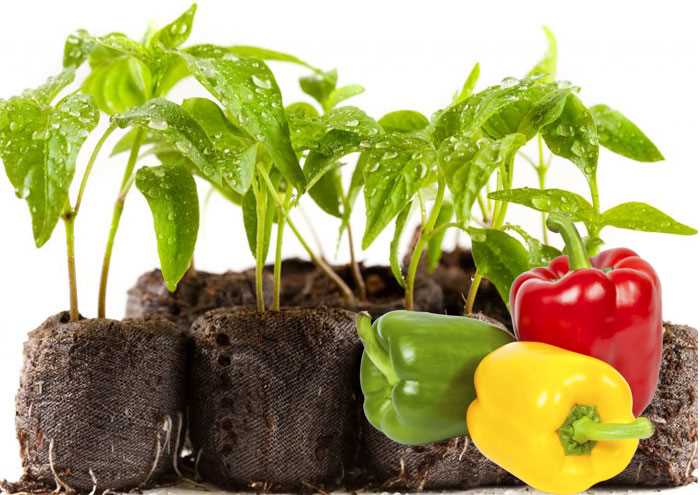
Определение оптимальных сроков посева сладкого перца зависит от региона, где будет выращиваться овощная культура. Важно учитывать как климатическую зону, так и особенности конкретного огорода или теплицы.
Для регионов с умеренным климатом, где зима не слишком холодная, наиболее подходящие даты для посева сладкого перца в открытый грунт – середина мая. В это время средняя дневная температура воздуха уже достаточно высока, что способствует активному росту растений.
В более северных регионах с более холодной зимой рассчитывать на получение основного урожая сладкого перца можно, начиная с середины июня. Это связано с тем, что посев растений необходимо проводить после полного окончания заморозков и установления стабильно теплой погоды.
В теплицах с искусственным климатом сроки посева могут быть более гибкими. Здесь можно начинать выращивание сладкого перца уже в конце апреля – начале мая, если есть возможность создать оптимальные условия для роста и развития растений.
Выбор сроков посева для различных форм и целей выращивания
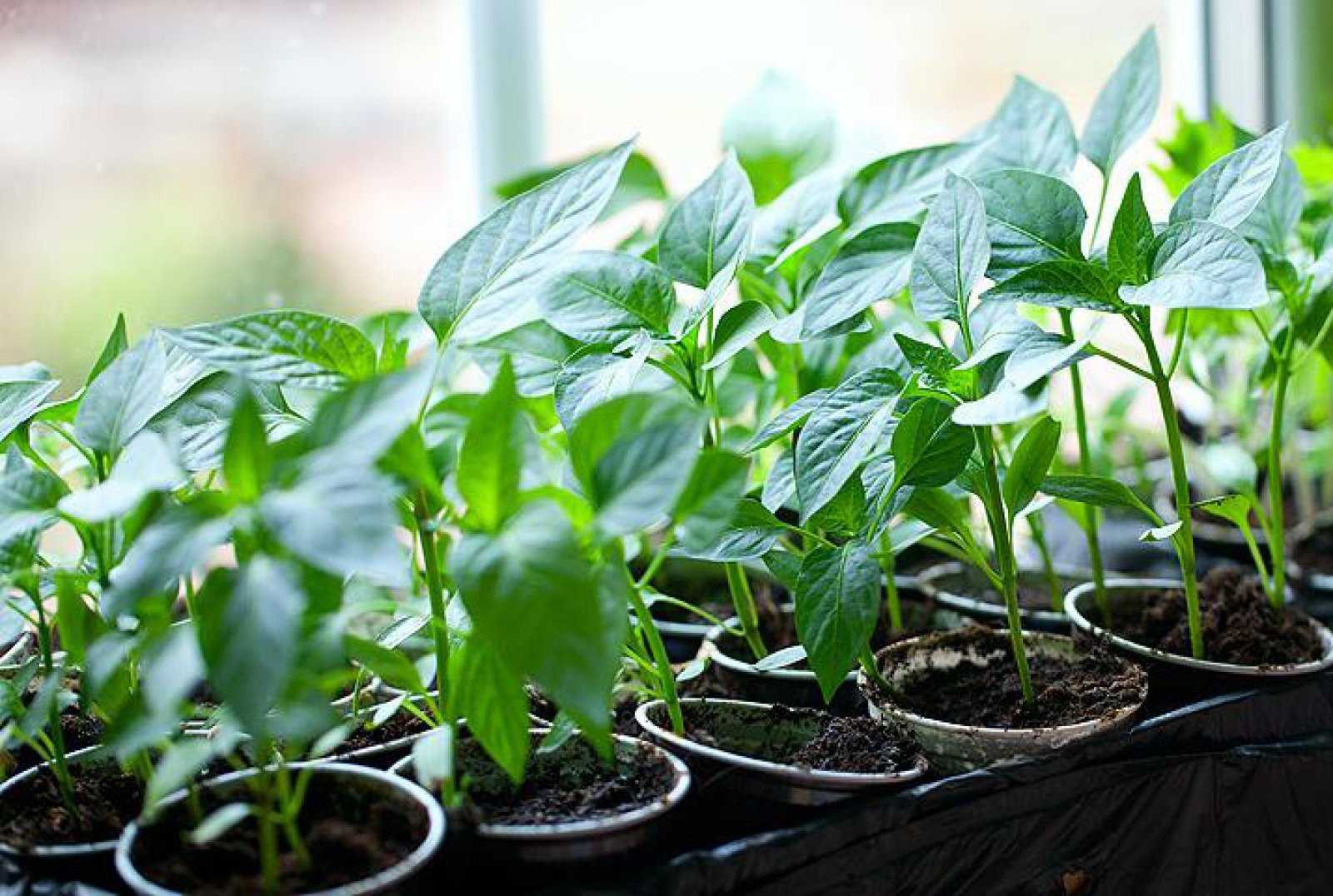
Определение оптимальных дат посева сладкого перца для теплицы и огорода зависит от региона и цели выращивания. Для выращивания перца в теплице особых ограничений по сезону нет, поэтому можно выбирать самые подходящие сроки для получения желаемого урожая.
Выращивание сладкого перца в теплице
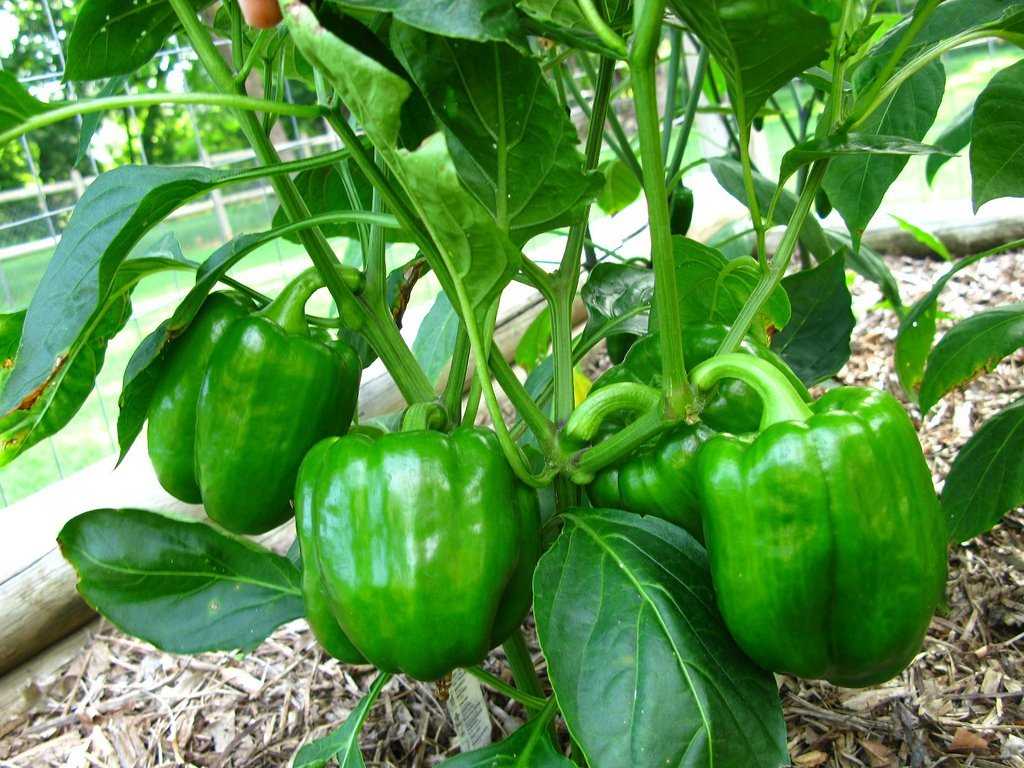
Для выращивания сладкого перца в теплице можно рассчитывать на более ранние сроки посева, чем на открытом грунте. Посев можно начинать уже в феврале-марте, чтобы получить ранний урожай. В таком случае, рекомендуется использовать теплицы с подогревом, чтобы обеспечить оптимальную температуру для прорастания семян и роста рассады.
Оптимальная температура для прорастания семян перца в теплице составляет около 25-30 градусов Цельсия. После прорастания семян и появления рассады, температуру можно снизить до 18-20 градусов Цельсия для обеспечения нормального развития растений.
Выращивание сладкого перца на открытом грунте
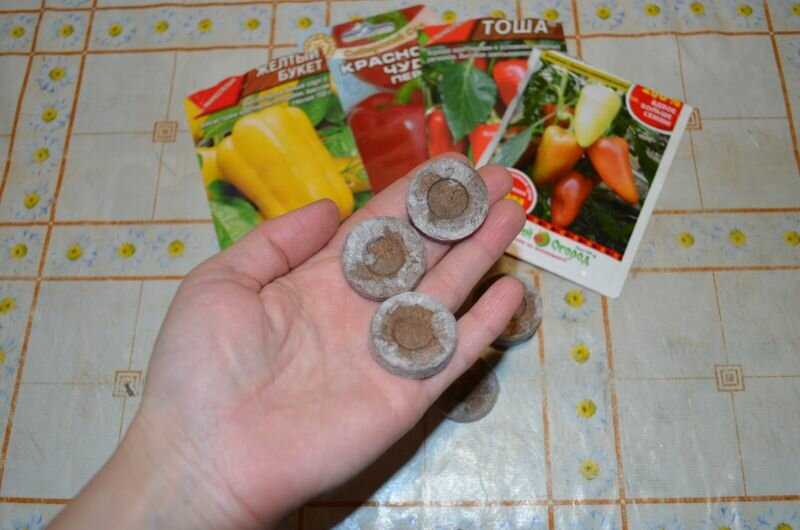
Для выращивания сладкого перца на открытом грунте выбор сроков посева зависит от климатических условий региона. В большинстве регионов России, рекомендуется севка рассады перца в начале апреля, когда почва прогреется до 10-12 градусов Цельсия. Это позволит обеспечить нормальное прорастание семян и рост рассады.
Если же климат в регионе более холодный, рассаду перца можно выращивать в теплице и пересаживать на открытый грунт уже после установления стабильно теплой погоды.
В зависимости от цели выращивания, можно выбирать различные сроки посева. Если необходим ранний урожай, рассаду следует сеять заранее, чтобы она успела развиться и быть готовой для пересадки на открытый грунт после окончания заморозков.
В целом, выбор сроков посева сладкого перца для теплицы и огорода нужно основывать на климатических особенностях региона и цели выращивания. Следует учитывать не только температурные условия, но и продолжительность светового дня, чтобы обеспечить растениям оптимальные условия для роста и развития.
Риски и преимущества позднего посева перца
Определение оптимальных дат посева сладкого перца для теплицы или огорода в каждом регионе нуждается в тщательном расчете и анализе. Однако, иногда поздний посев перца может иметь свои преимущества.
Риски позднего посева

Поздний посев перца может приносить определенные риски. Во-первых, позже посаженные растения могут не успеть достаточно развиться и созреть до наступления холодного сезона. Это может привести к недостаточному формированию плодов и урожая. Во-вторых, поздний посев может увеличить риск поражения растений вредителями и болезнями, так как растения могут быть более уязвимыми и менее устойчивыми к внешним агентам.
Преимущества позднего посева

Несмотря на риски, поздний посев перца также может иметь свои преимущества. Во-первых, поздний посев предоставляет возможность избежать ранних морозов и непогоды, которые могут нанести ущерб молодым растениям. Во-вторых, поздний посев может позволить избежать конкуренции с другими культурами, такими как помидоры или баклажаны, которые обычно высаживаются раньше. Кроме того, поздний посев может быть полезен в тех регионах, где лето длится долго и тепло, что позволяет растениям иметь больше времени для роста и развития.
Оптимальные сроки посева для огорода

При выборе оптимальных сроков посева сладкого перца для огорода необходимо учитывать особенности региона, климатические условия и требования к культуре. Для огородов, расположенных в разных регионах, даты посева будут различаться.
1. Зона 1 (северные регионы): В этих регионах климат суровый, с коротким летом. Оптимальным сроком посева сладкого перца для огорода в этих регионах является конец апреля — начало мая. Это позволит растениям иметь достаточно времени для формирования плодов до начала холодного времени года.
2. Зона 2 (центральные регионы): В центральных регионах климат более умеренный, лето длительное. Оптимальные сроки посева сладкого перца для огорода в этих регионах — середина апреля — конец апреля. В это время почва уже достаточно прогрелась, и растения могут активно развиваться.
3. Зона 3 (южные регионы): В южных регионах климат теплый, лето продолжительное. Оптимальным сроком посева сладкого перца для огорода в этих регионах является начало апреля. В это время почва уже прогрета, и растения смогут быстро укорениться и развиваться.
Для определения оптимальных сроков посева сладкого перца для огорода в конкретном регионе рекомендуется консультироваться со специалистами и учитывать местные климатические особенности. Таким образом, можно рассчитывать на успешный урожай сладкого перца на огороде.
Влияние фазы луны на выбор сроков посева
При выборе оптимальных дат для посева сладкого перца на теплице или в огороде важно учитывать фазы луны. Фазы луны оказывают влияние на развитие растений и могут помочь рассчитать оптимальные сроки посева в конкретном регионе.
Наиболее благоприятной фазой для посева сладкого перца считается растущая луна. В этот период силы лунного света способствуют активному росту растений. Посев семян в теплице или на огороде на эту фазу луны позволяет обеспечить оптимальные условия для прорастания и развития молодых растений.
Существует несколько методик расчета оптимальных дат посева, включающих в себя учет фаз луны. Например, одним из способов является расчет по фазе луны в момент новолуния или полнолуния. Также можно использовать календарь садовода, в котором указаны рекомендуемые даты посева для разных культур, учитывая фазы луны.
Правильный выбор сроков посева сладкого перца, основанный на учете фаз луны, может существенно повлиять на урожайность и качество плодов. Данный подход позволяет оптимизировать условия выращивания растений и получить более устойчивые и здоровые растения.
Вопрос-ответ:
Когда лучше всего сажать сладкий перец на теплицу?
Оптимальное время для посева сладкого перца на теплицу зависит от региона. В общем случае, лучше всего сажать перец на теплицу в конце апреля или начале мая, когда уже пройдет угроза заморозков. Таким образом, растения будут иметь достаточное количество времени для роста и развития до начала плодоношения.
Как определить оптимальные сроки посева сладкого перца для огорода?
Оптимальные сроки посева сладкого перца для огорода также зависят от региона. В целом, рекомендуется сажать перец на огород после того, как пройдет угроза заморозков и почва прогреется до 10-12 градусов Цельсия. Это обычно происходит в конце апреля или начале мая.
Можно ли сажать сладкий перец на теплицу в начале апреля?
Сажать сладкий перец на теплицу в начале апреля не рекомендуется, так как в этом периоде еще может быть угроза заморозков. Растения могут погибнуть от низких температур. Лучше подождать, пока пройдет угроза заморозков и почва прогреется до 10-12 градусов Цельсия, а затем сажать перец на теплицу.
Какие сорта сладкого перца лучше всего сажать на теплицу?
Выбор сорта сладкого перца для посева на теплицу зависит от предпочтений и требований. Однако, существуют некоторые сорта, которые хорошо адаптированы к условиям теплицы и показывают хорошие результаты. Например, сорта «Фантом», «Кармен», «Капри», «Кубик», «Атлант», «Панно», «Султан», «Желтый гигант» и др. Обратитесь к специалистам или изучите информацию о сортах перца, чтобы выбрать подходящий для ваших условий.
Какие факторы могут влиять на оптимальные сроки посева сладкого перца?
Оптимальные сроки посева сладкого перца могут варьироваться в зависимости от ряда факторов. Некоторые из них включают климатические условия региона, прогрев почвы до оптимальной температуры, продолжительность вегетационного периода сорта перца, требования конкретного сорта к освещенности и другие. Рекомендуется узнать больше о специфических рекомендациях для вашего региона и выбранного сорта перца.


